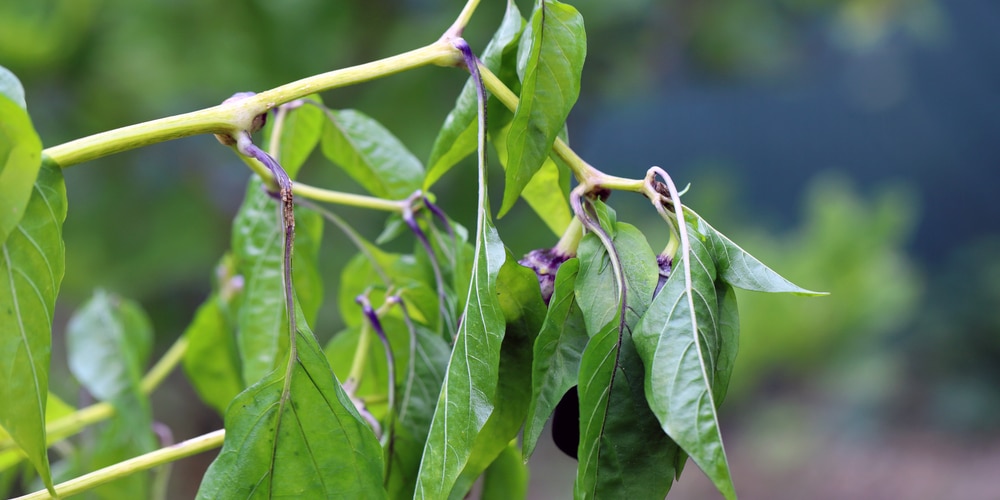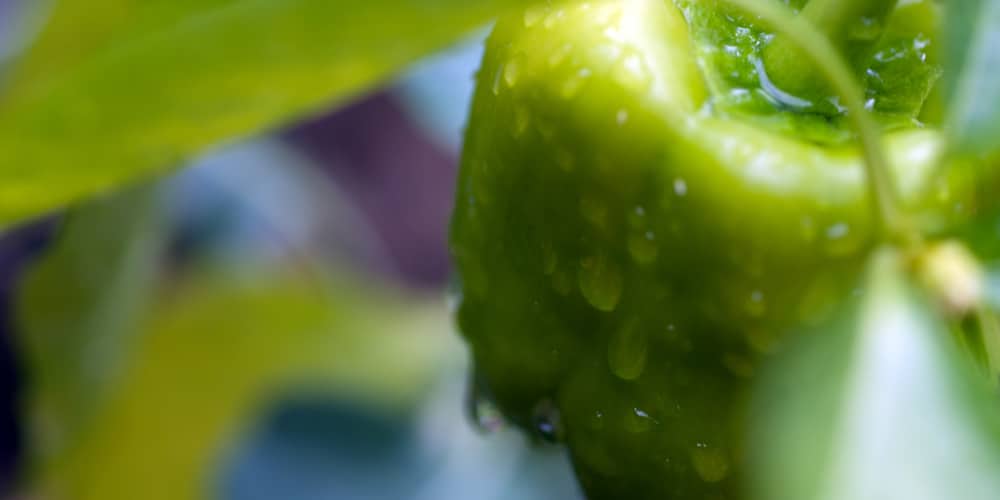Pepper plants are notorious for demanding a warm environment to grow in. Otherwise, they will exhibit flower drop, slowed growth, and experience unrecoverable plant injuries.
If peppers do not like the cold, will pepper plants recover from frost? What temp kills pepper plants?
Can Pepper Plants Survive a Frost?

Peppers are warm-season plants that have a low tolerance for cold temperatures. The bad news is that any damage sustained by a frost is likely to be permanent and might eventually lead to the death of your plant.
Pepper plants are not known to recover from frost, regardless of severity. That said, you should always be ahead in terms of preparation and precautions so your peppers grow in an optimal environment.
The effects of frost can vary depending on the temperature range. Once the weather reaches 41 to 50 degrees F (or 10 to 15 degrees C), your pepper plants’ growth will slow down.
At 33 to 40 degrees F (or 1 to 4 degrees C), they will exhibit cold injury (which they probably won’t recover from), and at 32 degrees F and below (zero degrees C) your pepper plants will most probably die.
How Cold Can Pepper Plants Tolerate?
The ideal growing temperature range for peppers is somewhere between 71 to 80 degrees F (or 21 to 27 degrees C) during daytime and 60 to 70 degrees F (or 15 to 21 degrees C) during nighttime.
There’s a buffer or tolerance for higher temperature during daytime for pepper plants- at 81 to 89 degrees F, or 27 to 32 degrees C before they start to drop flower buds. The same happens when cold temperatures reach 51 to 59 degrees F or 10 to 15 degrees C.
That said, the coldest temperatures pepper plants can take is technically 33 degrees F, but then you’ll start seeing chilling injuries which won’t be good as far as fruit production and overall health is concerned.
Your aim is to protect your plants from at least 51 to 59 degrees F so they won’t experience lasting damage.
Seedlings will need to have the same temperature range to continue growing. Those who intend to grow peppers from seed should maintain at least a 75 degrees F (or 24 degrees C) soil temperature to germinate and thrive.
How to Save Pepper Plants From Frost
Choose a Cold-Hardy Species
All is not lost if you live in a region that gets cold weather regularly. You can start by choosing a cold-hardy pepper plant variety that can grow well in your area. Consult the USDA hardiness zone map, then look up pepper plants that are within the range before buying them.
A few examples of cold-tolerant pepper varieties include the Manzano, Intruder, Yankee Bell, and Ace Pepper, all of which can withstand cool weather and the occasional light frost.
In the same vein, you can also opt for fast-maturing peppers so you can plant them at a later time and still get a good harvest. Examples include the Yellow Jalapeno, Sweet Banana, Fushimi Sweet Pepper, Early Jalapeno, and Bell Sweet Chocolate Pepper.
Consider Starting Peppers Indoors
If the constantly-changing weather and unpredictable temperatures frustrate you, then you can try to grow pepper seeds indoors rather than having to wait for the ground to warm up.
You can start pepper seeds as early as fall or winter with the help of a heating pad and a grow light. Once the weather permits and all risk of frost have passed you can transplant them outside or relocate them (if you intend to grow peppers in pots or containers).
Put Up Protective Covers
As a precautionary measure against the cold, you can install tomato cages when you plant peppers so you’ll have an easier time covering them.
Bubble wrap and wire cages can make a big difference in keeping your pepper plants safe from frost. You can add the bubble wrap and insulate your plants against the cold by several degrees. Alternatively, you can also use row covers, plastic sheets, or cloth and position them around your peppers.
A cardboard box works in a pinch as long as it doesn’t touch the leaves or stems inside. Once the danger has passed you can remove the cover in the morning so your plant can breathe.
Related article: Pepper Seedlings Are Turning Yellow

